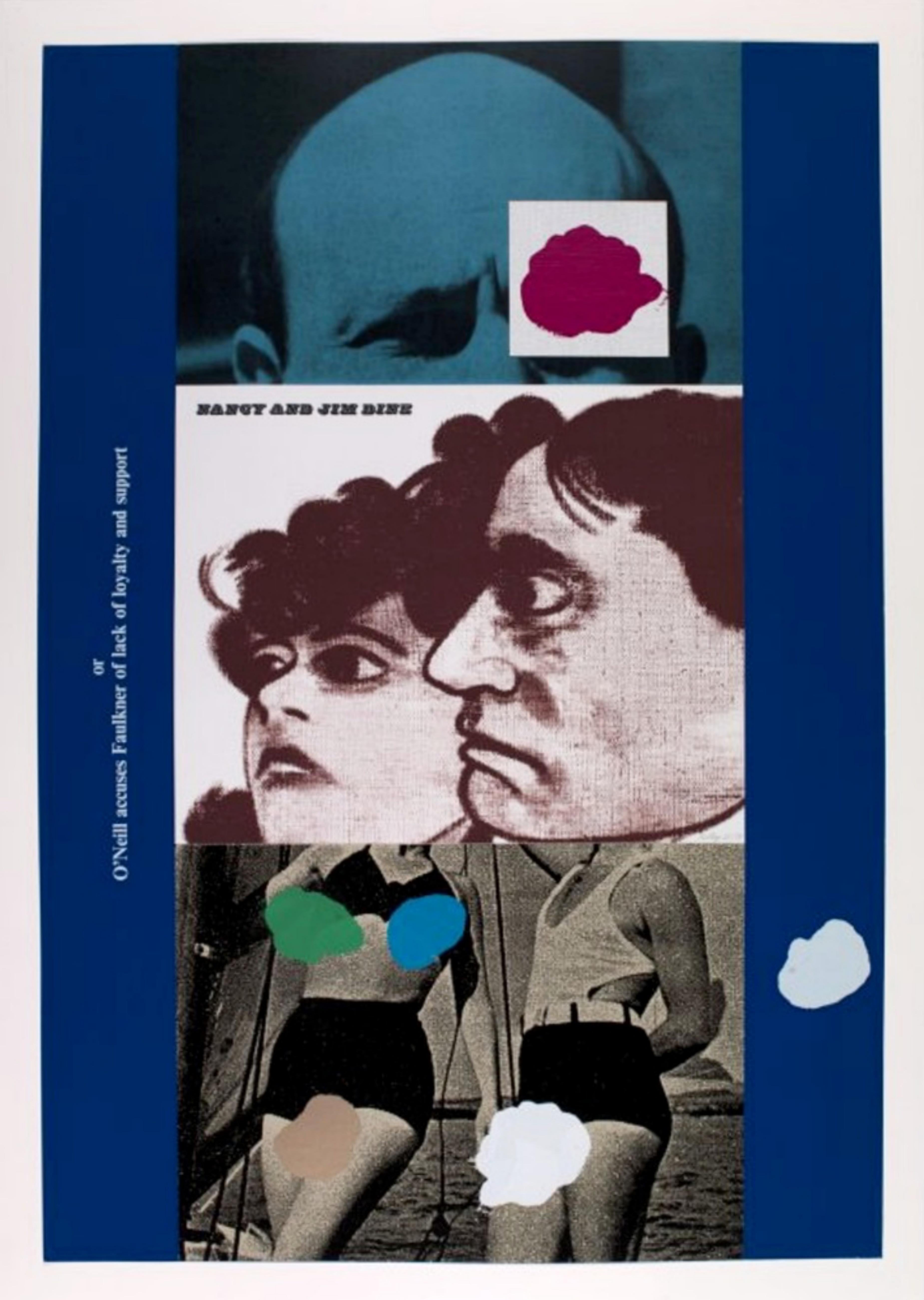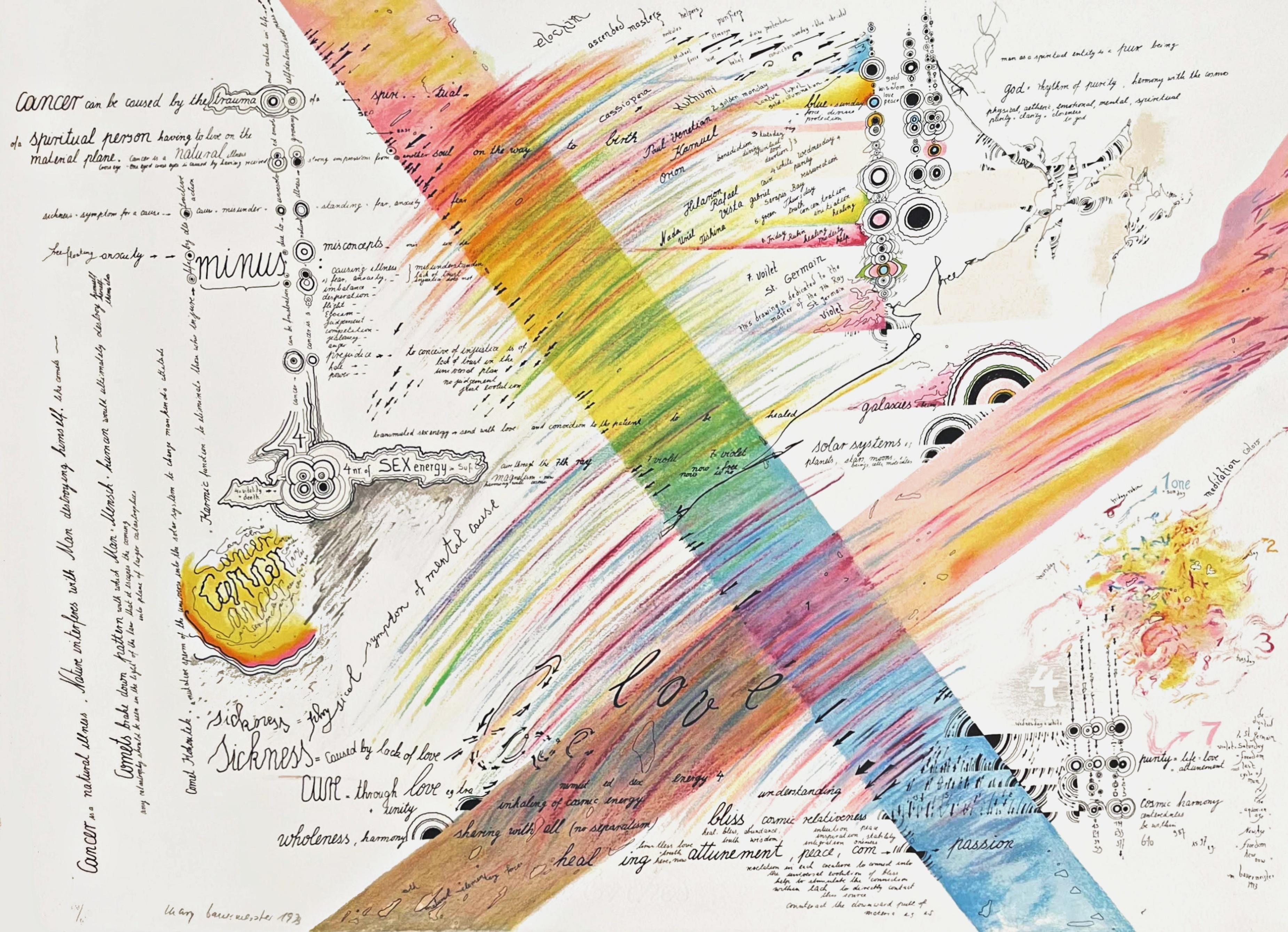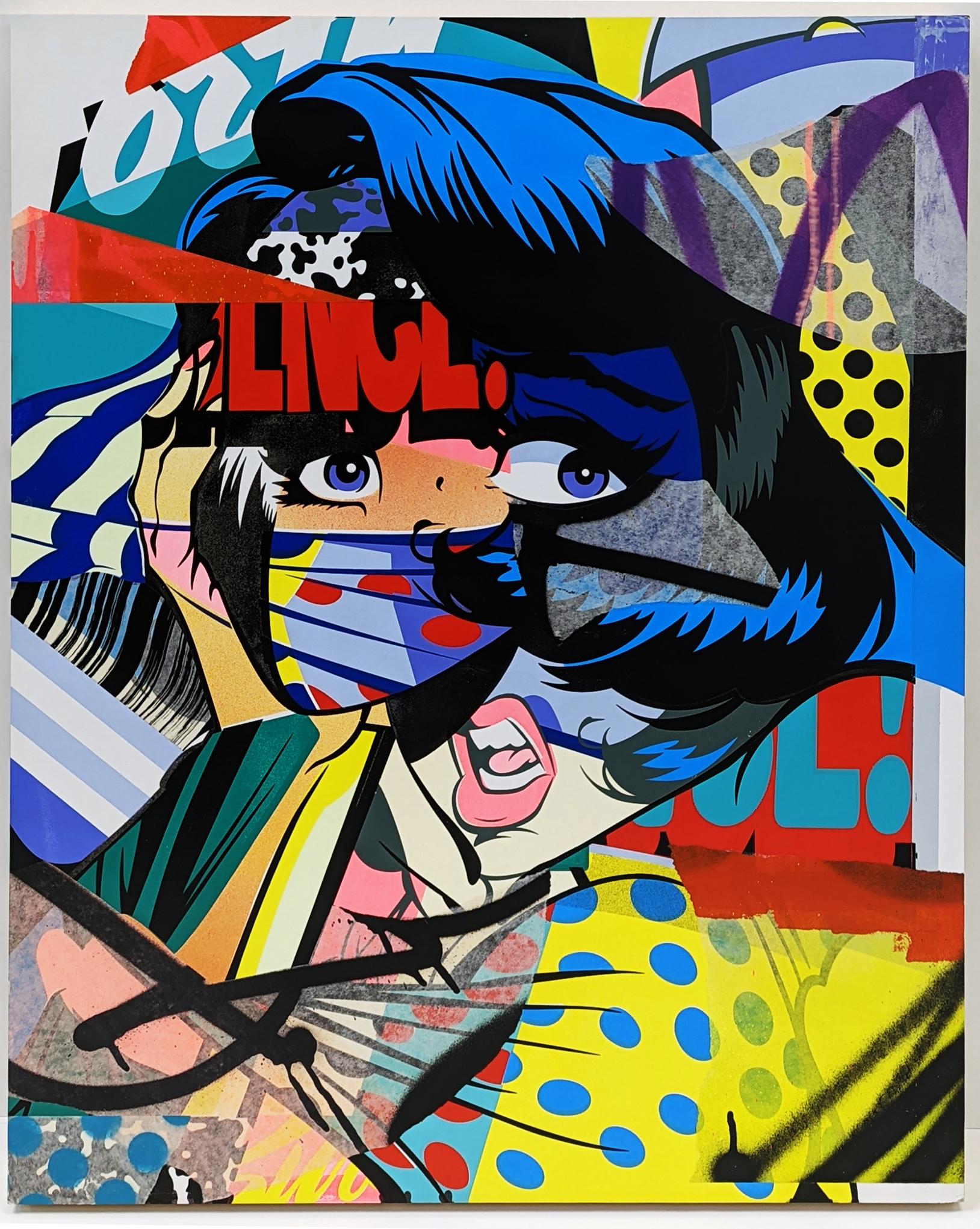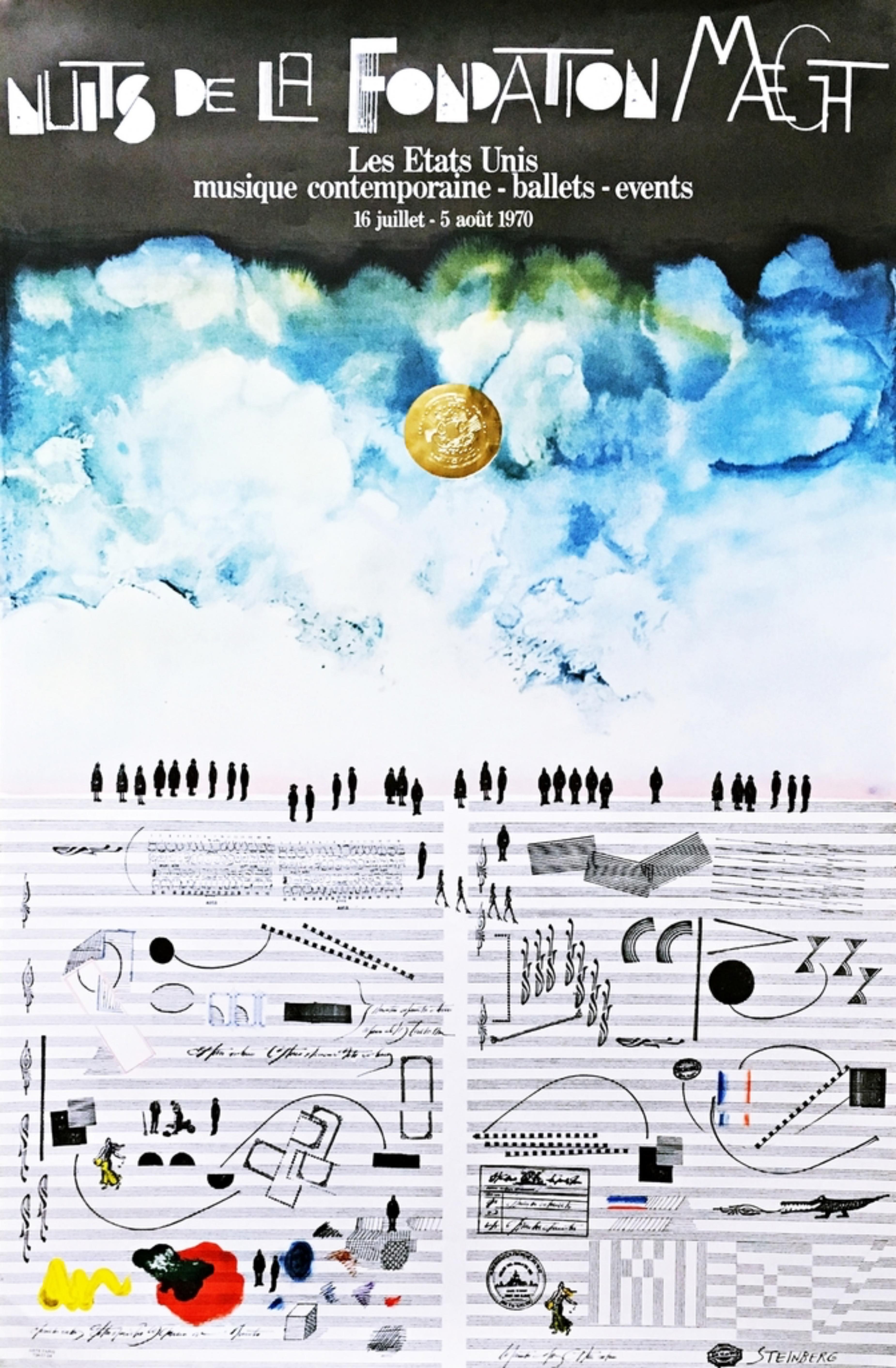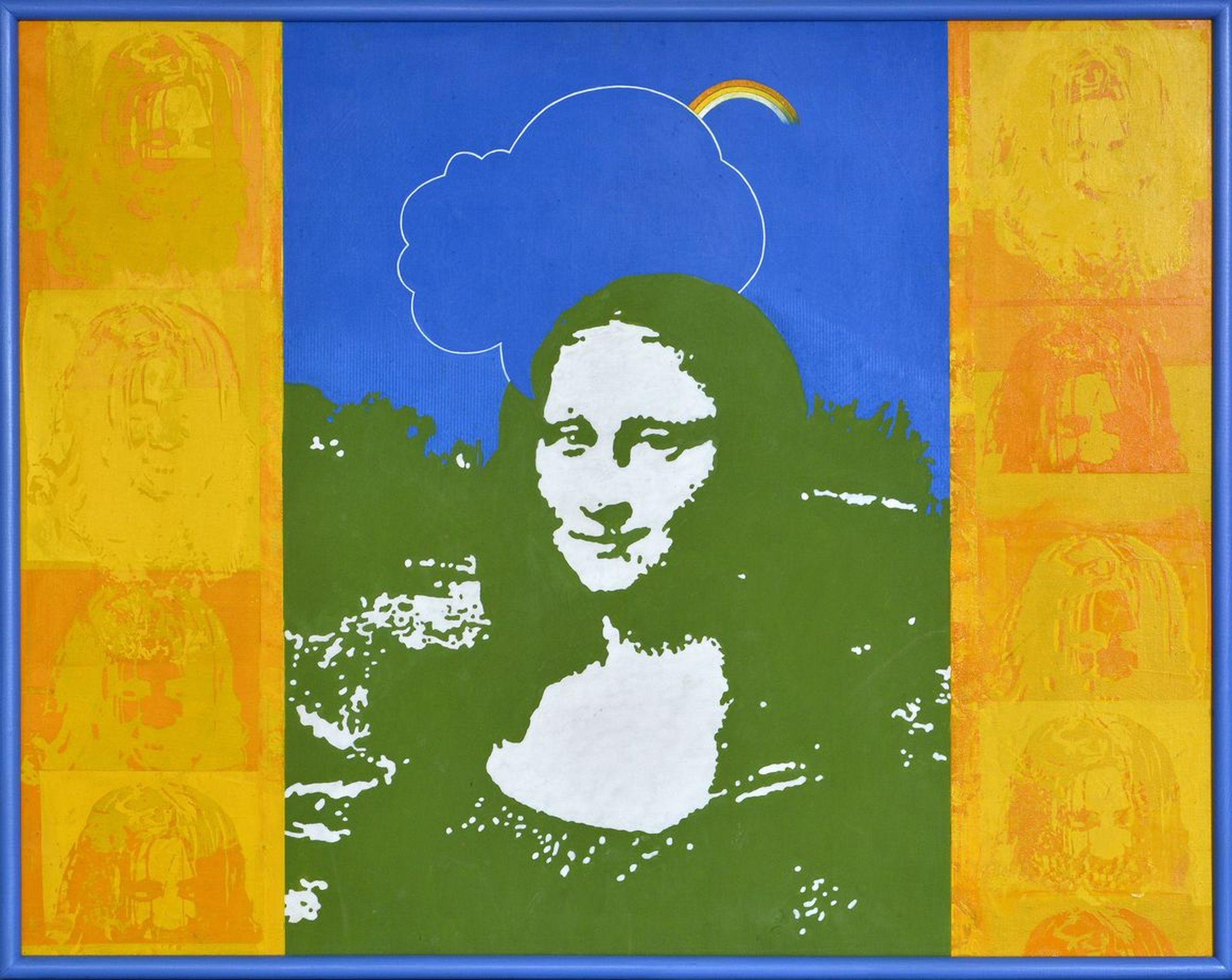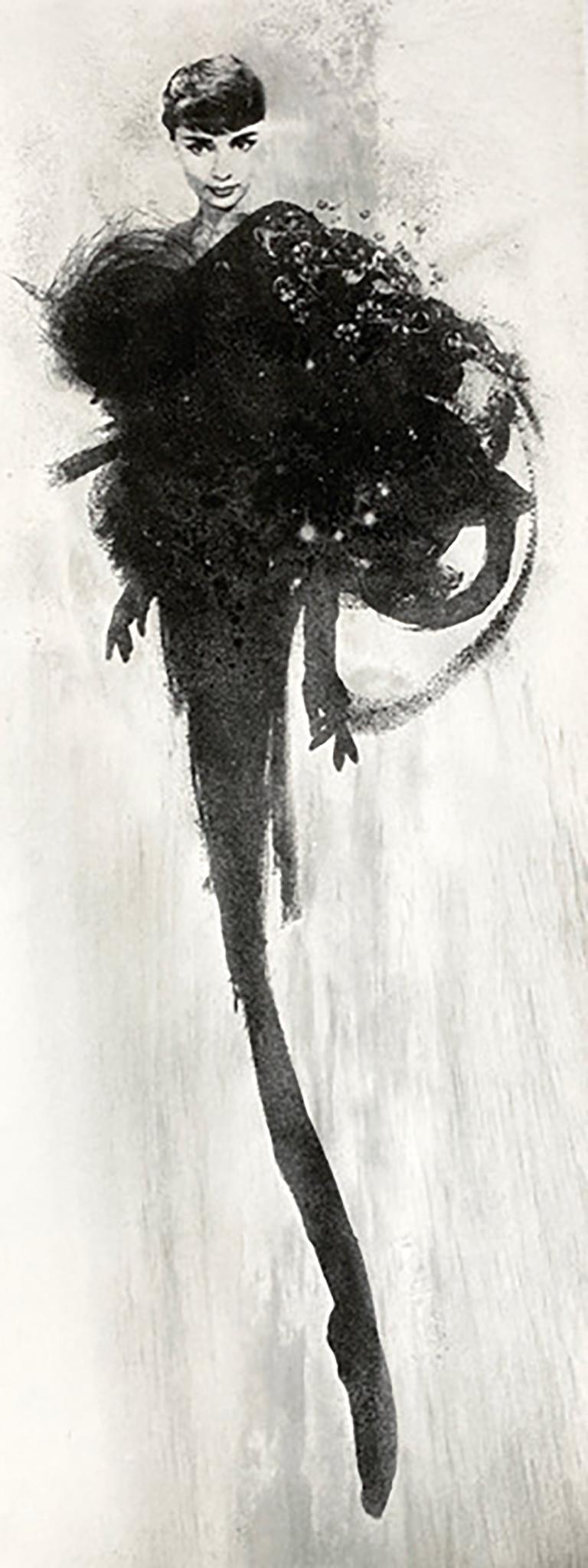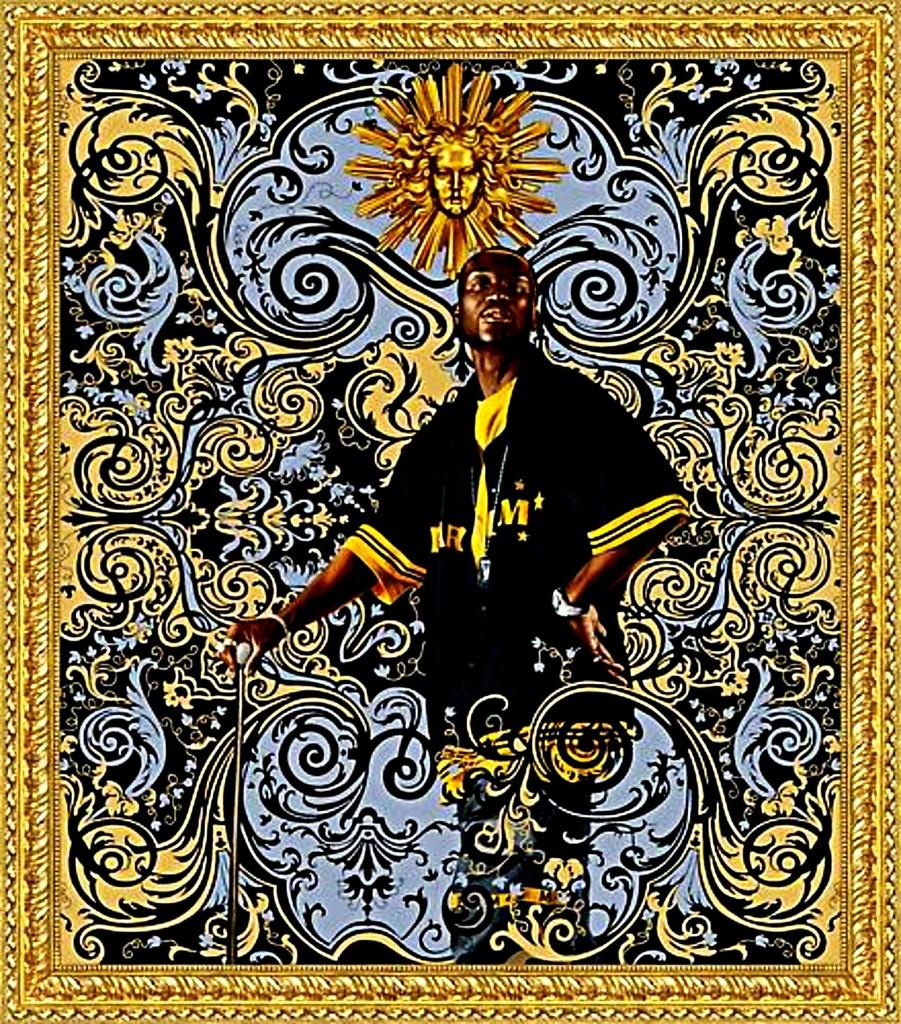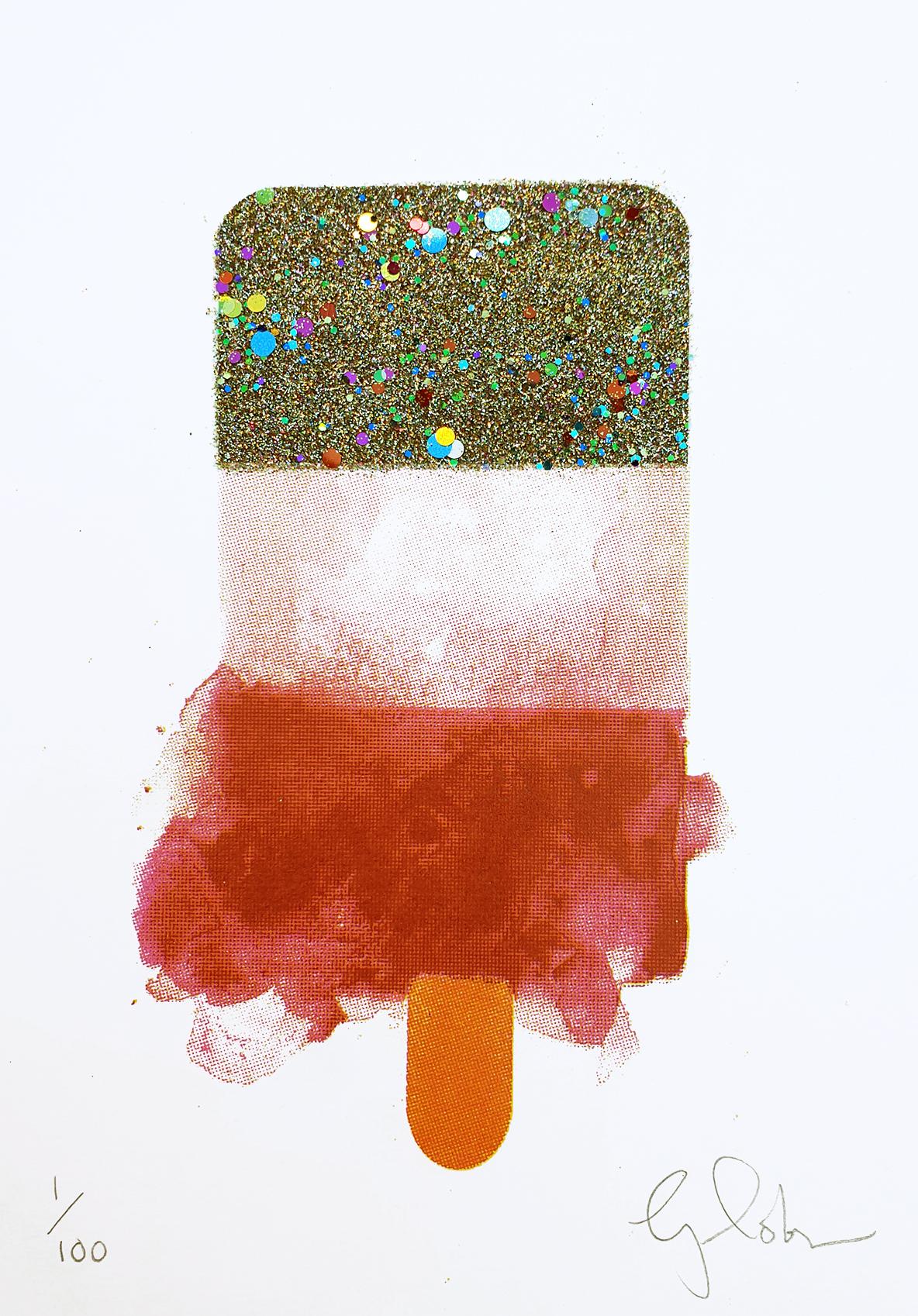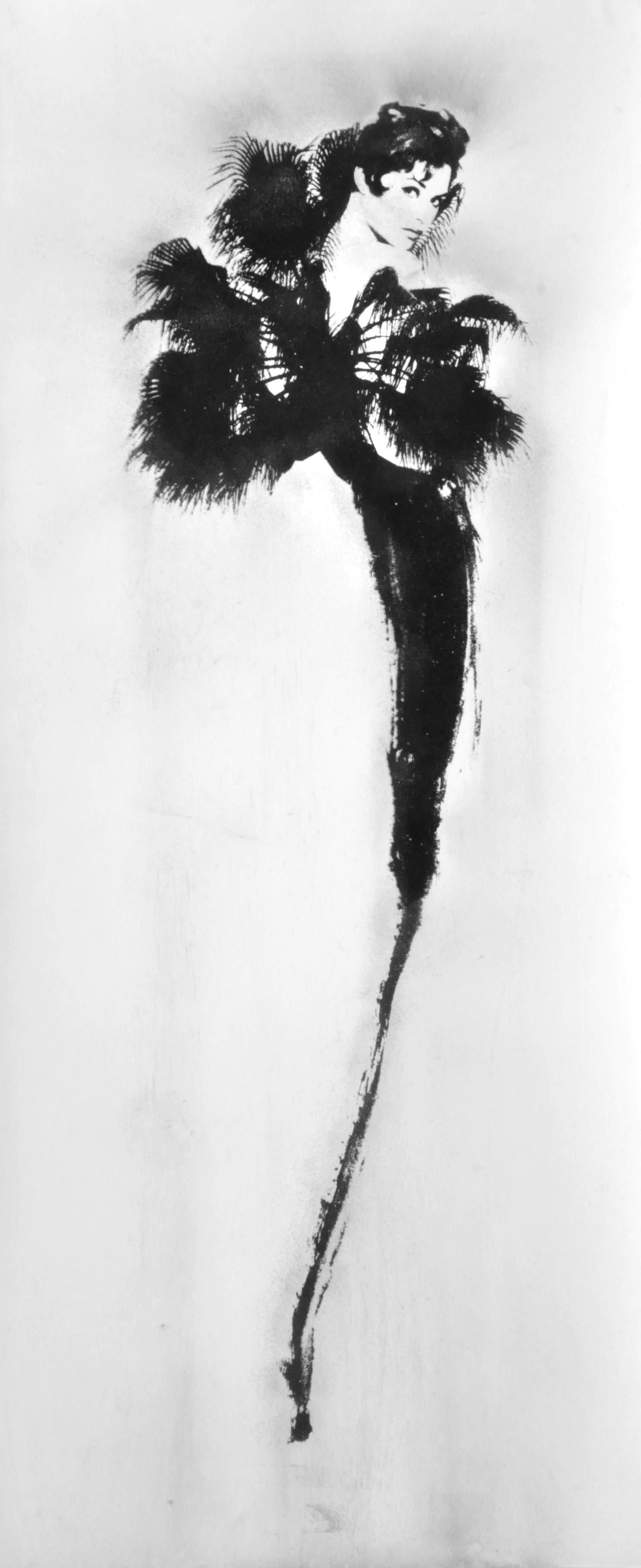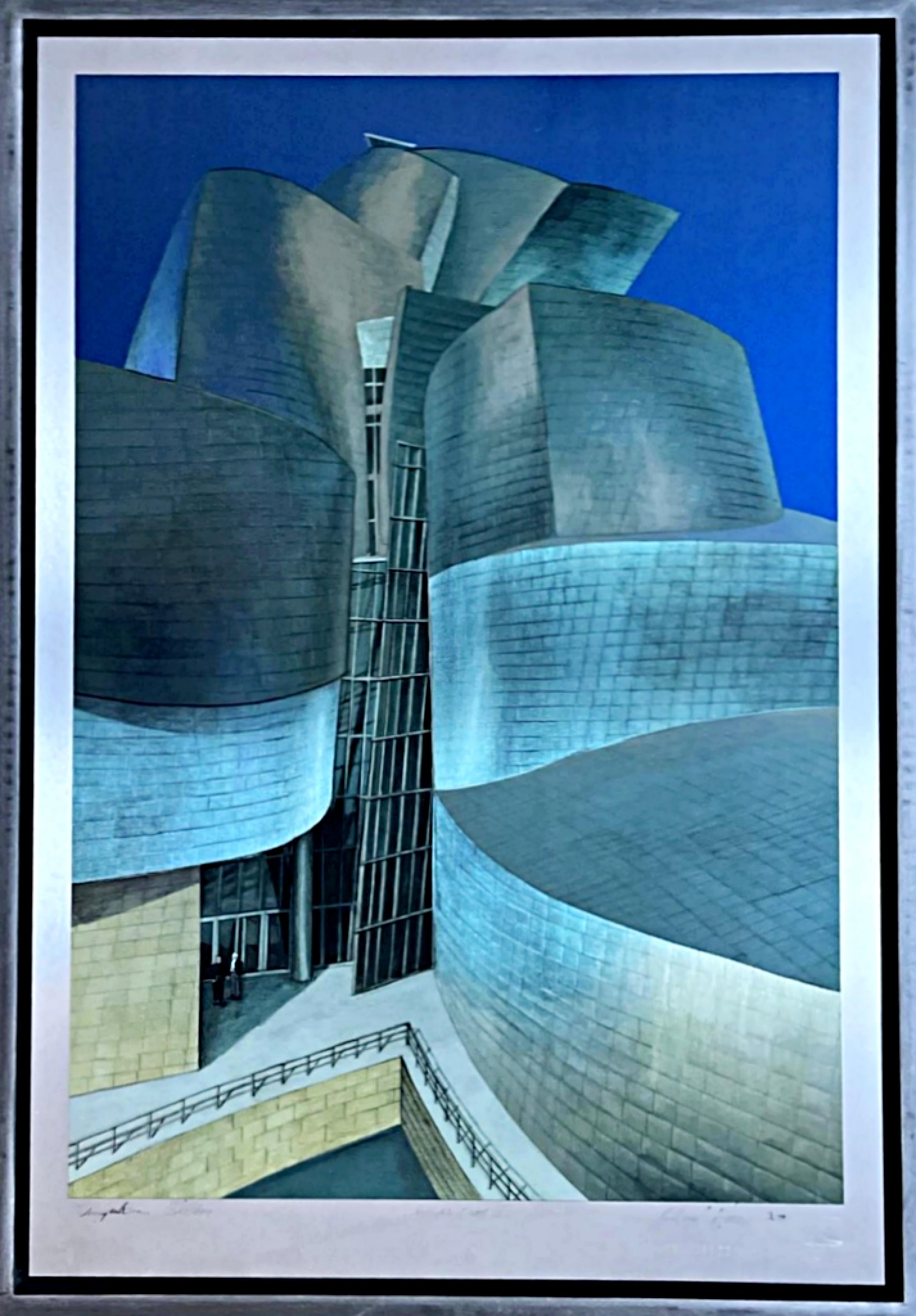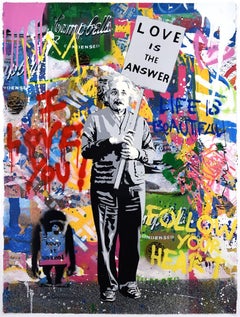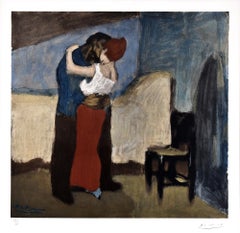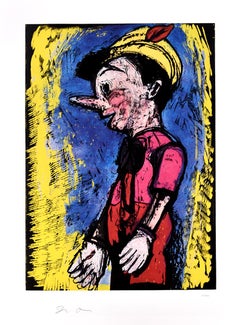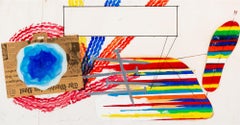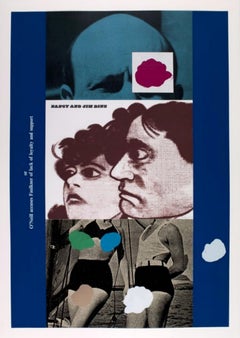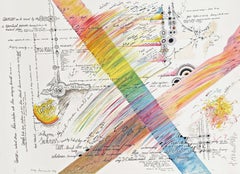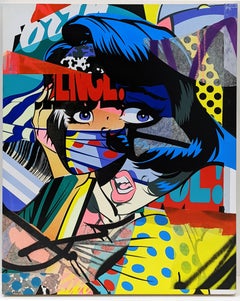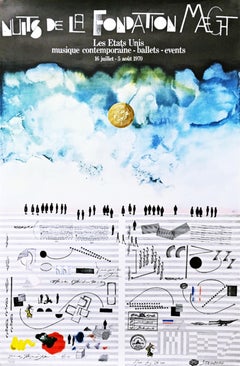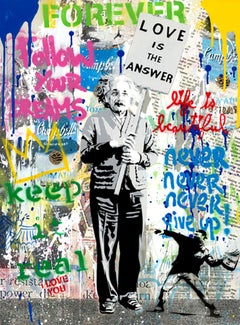
Einstein
View Similar Items
Mr. BrainwashEinstein2022
2022
About the Item
- Creator:Mr. Brainwash (1966, French)
- Creation Year:2022
- Dimensions:Height: 30 in (76.2 cm)Width: 22 in (55.88 cm)
- Medium:
- Movement & Style:
- Period:
- Condition:
- Gallery Location:Palo Alto, CA
- Reference Number:Seller: 79391stDibs: LU1567211294312
Mr. Brainwash
Mr. Brainwash is a French street Pop artist and videographer known for his large-scale installations and prints of celebrities like Madonna, Kate Moss and Marilyn Monroe. His practice of subverting cultural iconography and appropriation borrows from Andy Warhol, Keith Haring and Bansky.
Fellow street artist Alec Monopoly has said that he considers Mr. Brainwash a mentor. He is perhaps best known for his role in Banksy’s documentary Exit Through the Gift Shop (2010), which features Mr. Brainwash’s rise to success in the street art scene. Much like Keith Haring, Jean-Michel Basquiat and Andy Warhol, Mr. Brainwash's popularity in Pop art happened almost overnight after the premiere of the film, in which he remarks, “Banksy captured me becoming an artist. In the end, I became his biggest work of art.”
Born Thierry Guetta, Mr. Brainwash moved to Los Angeles when he was 15, where he attended high school before dropping out. The artist later ran a successful vintage clothing store in the city. His interest in street art was spurred by a visit to France in 1999, where he learned that his cousin was the famed graffiti artist Space Invader. Having developed a knack for filming, Mr. Brainwash started to record the nightly escapades of Invader and other street artists such as Shepard Fairey.
In 2013, Mr. Brainwash was included in the exhibition “Art Wars” at Saatchi Gallery in London. He has since developed an exceptional international reputation beyond hype-culture; his followers are captivated by his use of positive messages, an uplifting outlook and a retrospection of life through street and contemporary art alike, of which his global growing fan base can't get enough.
In the present day, Mr. Brainwash's international fan base of collectors has propelled his blue-chip artwork into the upper tier of desirability where he has joined the ranks of contemporary Pop art masters such as KAWS, Roy Lichtenstein and Jeff Koons.
Find a collection of original Mr. Brainwash art on 1stDibs.
(Biography provided by Arton Contemporary)
More From This Seller
View All2010s Contemporary Figurative Prints
Mixed Media, Screen
1960s Modern Figurative Prints
Screen
Early 2000s Modern Figurative Prints
Screen, Woodcut
1970s Modern Figurative Prints
Mixed Media
1980s Pop Art Figurative Prints
Screen
Early 2000s Contemporary Figurative Prints
Screen
You May Also Like
1970s Pop Art Figurative Prints
Mixed Media, Screen, Pencil
1970s Abstract Abstract Prints
Lithograph, Screen, Mixed Media
2010s Street Art Figurative Prints
Screen, Board, Acrylic, Mixed Media, Gesso
1970s Abstract Abstract Prints
Mixed Media, Screen
2010s Contemporary Figurative Prints
Wood, Maple, Screen, Mixed Media
1970s Surrealist Figurative Prints
Screen, Mixed Media, Cardboard
